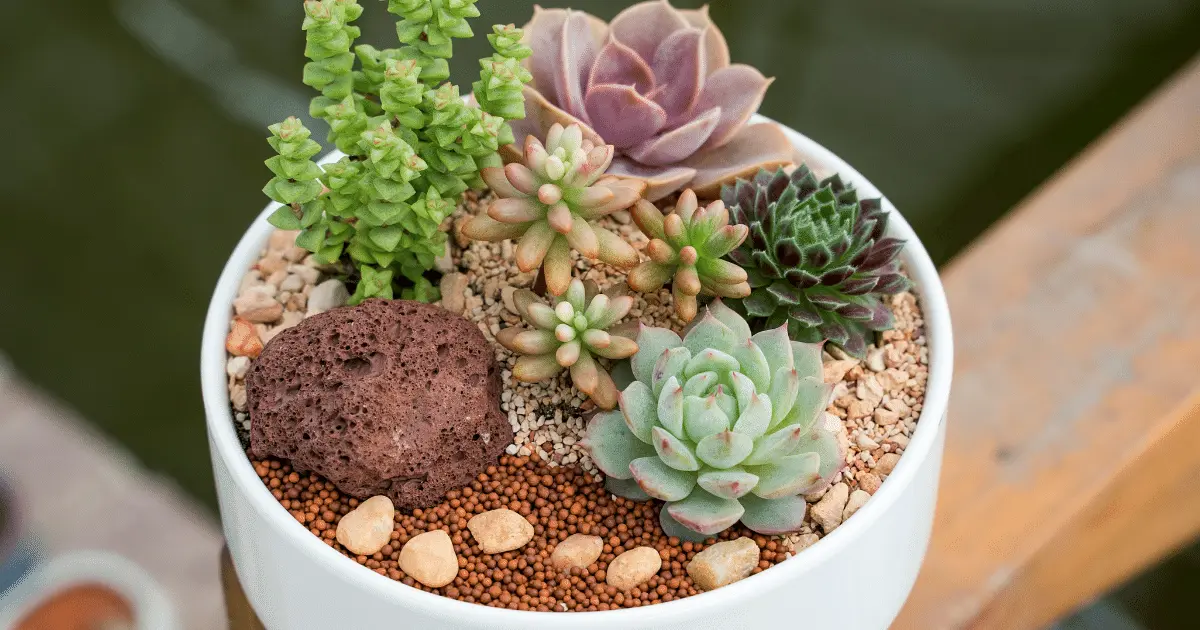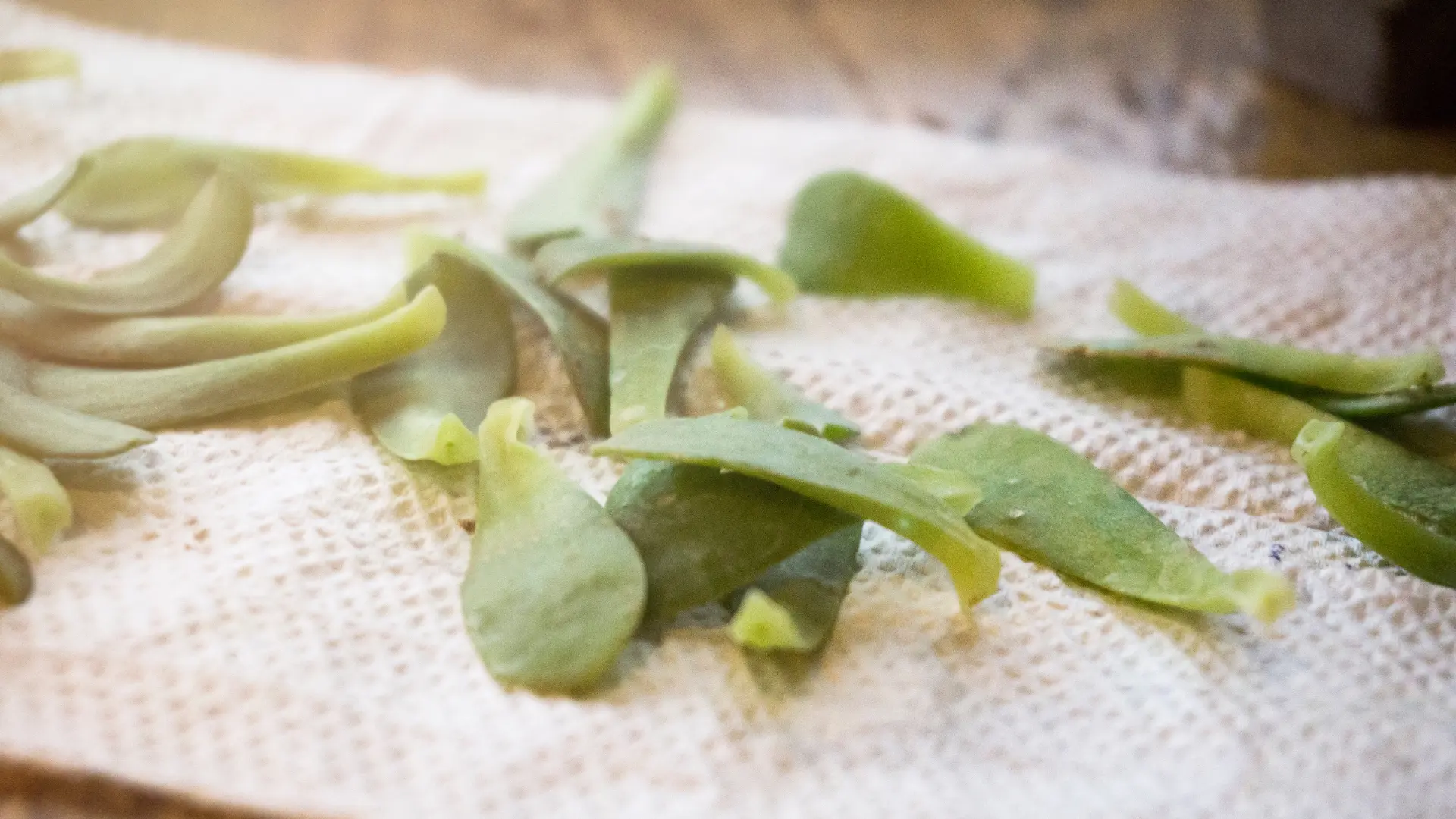Succulent plants are drought-resistant plants. They are characterized by their thick, fleshy, and swollen looks. These characteristics help them retain water in hot climates and bad soil conditions.
Succulents are not precisely a scientific name as it is a term used to describe the attributes of some species of plants.

Many plant families, such as Apiaceae, and Araliaceae, under the order Apiales, have more than one succulent species.
Succulents can store water in their different parts. Some with little to no leaves use their stems (e.g., cactus), while others store water in their leaves (e.g., aloe vera).
Succulents are one of the most favored houseplants because they are lovely but, more importantly, very easy to care for.
They are known for their ability to survive in harsh conditions, so it is a thing of concern their leaves falling off.
What Causes Succulent Leaves To Fall Off?

Aging
It is a normal thing for plants, in general, to lose leaves as they grow old, and succulents are not an exception to the rule. They usually lose their bottom leaves as they age.
I have seen evidence of this in my aloe vera plant. Those old leaves have lost their purpose. But thankfully, newer ones come out as the older ones fall, so it’s not a cause for concern.
Natural Sensitivity
Some succulents drop leaves just from getting touched. One of the worst in this category is the Sedum Rubrotincum species.
Overwatering
If your leaves are turning yellow and swelling up, becoming mushy, and falling, this is probably the cause.
Overwatering can cause severe issues for your succulents. It can cause root rot, causing your succulent leaves to fall off.
These leaves falling off can lead to total plant death because succulents need their leaves to stay alive.
Underwatering
For a plant that can survive in an area with very little water, this might not seem like a problem for them. However, underwatering, as much as overwatering, can cause your succulent leaves to fall off.
An underwatered succulent would have small and wrinkled leaves, with the shrinking starting from the top.
Not much color change can be seen at first, but if left unchanged, they would start to yellow.
High Temperature
Again, this seems like such an unlikely cause because some succulents grow in the desert. But even then, it doesn’t mean they cannot be affected.
Succulents can handle a high amount of sunlight, but excessive heat can damage them. This is a particular issue for new plants that have not gotten acclimatized to a hot environment yet
Losing leaves is a natural response they give when stressed by heat and drought.
Extreme Cold
From what we know about these plants, it is evident that succulents do not like cold weather. While some may be able to tolerate low temperatures for a while, for example, Sempervivums, most of them can not.
The cold would leave your succulent leaves looking brown or black, and they may fall as a sign of their stress.
Little Access to Light

Not all succulents have the exact light requirements. Some, like Haworthia, like to be in the shade, but most of them, like cacti, love the full sunlight.
If they are not in the sun for at least 5 hours, their leaves start to wilt and will be more prone to falling off.
An excellent indicator of this particular issue is that the plant will grow tall and leggy in its effort to reach more sunlight.
Chemical Shock
A chemical shock to your succulents or a change in its system can cause the leaves to fall. Such a shock can be due to
- Too little nutrients
- Adding too much fertilizer
Adding too much fertilizer to your plant can cause stunted growth instead of helping it. The root system can get burned, making the leaves fall off and discoloring the rest.
Fungal Infection
A sign of a fungal infection on your succulent plant is the appearance of a series of dark spots on its bottom leaves. These leaves eventually fall off if the plant is not treated.
Fungal infections are caused by overwatering or exposure to high humidity.
Poor Soil Choice
Another factor that causes succulents to lose leaves is using poor soil that prevents water drainage. This lack of water flow will lead to root rot, causing the leaves to fall off.
Pests
Just like other garden plants, succulents can also be attacked by pests. The stress from a severe pest infestation would make your plant lose its leaves.
This often happens with succulent plants that have slimmer leaves, like Aeoniums.
How do I Fix a Succulent Plant with Leaves Falling Off?
Each of the issues discussed above has its remedies. I will say as much as I know about all of them.
- If you find out that your plant is losing leaves because of its age, there is no need to worry. This is a natural phenomenon, so you can ignore it.
- If you have succulents such a high sensitivity in your garden, they should be handled with extreme care and caution.
- Cut off the affected parts of the overwatered succulent and do not water it for about a week. After that period has passed, resume watering on a schedule. The best way to water a succulent is to allow the soil to dry before watering again.
- If your succulent is underwatered, increase the water you supply, although not by a gross amount. Just enough to revitalize it. Maintain a proper watering schedule too.
- If your succulents look shrunken or sunburned, move them to a cool spot or place a simple shade over them. That ought to help.
- If your succulent plants are severely affected by cold, keep them inside the house warmly to help them get through. If you must keep them outside, avoid wetting them
- For the issue of too little light, place your plant somewhere that has better access to sunlight. You can transplant your succulents or change the location of your pot.
- If your plant lacks nutrients, you can supplement using a good fertilizer. You should use water-soluble fertilizers for your succulents
- Flush the excess fertilizer from the soil using water for an over-fertilized plant. Then wait a while before feeding again.
- Purchase a fungicide to treat fungal infections. Be careful with what you use so that you won’t get one that would affect your plant.
- When making your potting mix, use one that drains well. Also, make sure your container has holes at the bottom to enable excess water to drain out.
- Preventing pests can be very hard, but not impossible. Using a pesticide is a great option but will kill beneficial insects. You can try putting plants that are known to repel pests around your plant. Examples of such are marigolds and nasturtiums.
If you have a succulent plant that keeps losing leaves, don’t stress out too much. First, find out the problem, and then you can figure out how to stop it and repair the damage done. I hope this article was helpful. Until next time, my fellow plant lovers.
